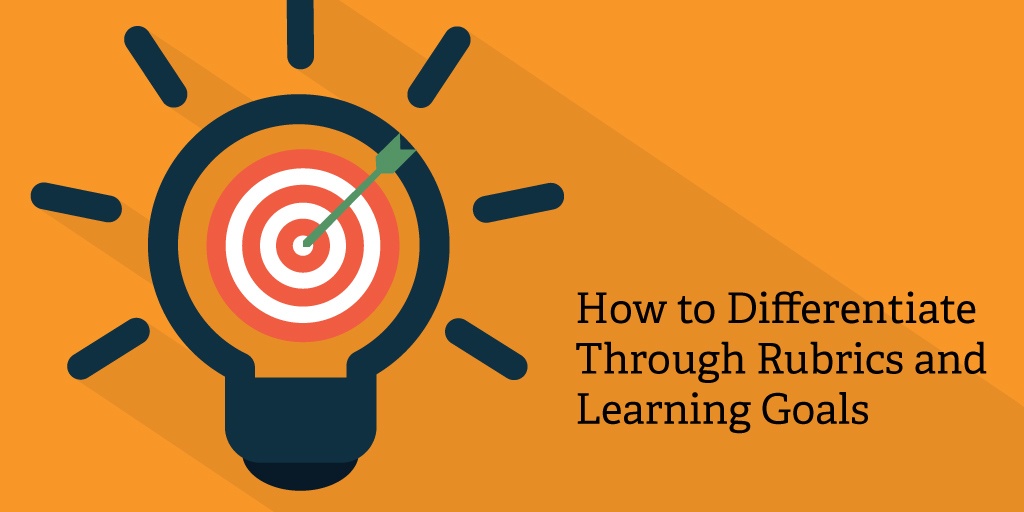
Our school, like many across the country, uses a “walkthrough” tool to help gather data and monitor teacher effectiveness. Part of the process for administrators as they walk through classrooms is to look for different aspects of good teaching practices. One of the expectations for our school is that teachers display their learning goal or objective somewhere in the classroom. This can feel like a hoop to jump through for teachers at times, but as an administrator, I'm not just looking for one more thing for my teachers to have to do each day. The philosophy behind it isn’t about the goal being posted as much as it is about the teacher and students clearly knowing what learning should be occurring—and to what level it should be learned at.
Another aspect to look for during the walkthrough process is differentiation. We expect teachers to use different strategies to meet the needs of high and low learners all at the same time. This data is collected to track how often we see differentiation going on in the classroom. It is also a way to provide teachers feedback about their instruction and structure.
So if there is a singular learning goal posted, how is a teacher expected to differentiate in the classroom? It can seem like it's impossible to do both at once. With one learning goal, is it really differentiated? And if it is truly differentiated, should teachers post multiple learning goals?
Increasing and Decreasing Complexity
One strategy for doing both at once is to adapt the learning goal to increase and decrease the complexity of the task. I think by providing a few examples, it is easier to understand how it is relatively easy to undertake. Here are some examples for how this may work:
Differentiation Option #1: Change the complexity of the task.
Fourth grade students are learning about long division, so the posted objective might read something like, “Students will be able to divide a two-digit number by a three-digit number.” After doing a simple lesson and a five-question formative assessment, the teacher finds out that 50% of the class got 100% on the assessment while the rest of the students only got one or two right. At this point, the teacher can easily differentiate by adjusting the learning goal to something more complex. One option would be three-digit by three-digit numbers. Another could be two-digit by four-digit numbers. By a small tweak to the objective, the students can experience something more rigorous and challenging because they have mastered the material already.
Differentiation Option #2: Change the complexity of the material.
The teacher has posted an objective in her reading classroom that reads “Students will be able to define words used in context from an informational text.” This is a great lesson for students to really read to see which words they don’t have a good grasp on. One way to differentiate this would be to give the students different Lexile levels of text based on their need. Using something like Newsela makes this a breeze. By increasing the complexity of the material the students use, the learning goal doesn’t have to change from what is posted. This example would have to be planned for ahead of time and wouldn’t require the same formative assessment that the others would.
Differentiation Option #3: Changing the cognitive verb.
Finally, a teacher has a posted an objective in his science classroom that reads “Students will be able to list different sources of energy.” Once the teacher has taught the lesson, a formative assessment may demonstrate that the vast majority of students have this skill. This lesson can easily be differentiated by simply changing the verb list to something that is higher on Bloom’s Taxonomy. For example, students could analyze different sources of energy or evaluate different sources of energy.
It’s clear to see that it doesn’t take a lot of preparation or adaption to make the learning more complex for students who have mastered the material. By using these three methods following formative assessments, teachers can challenge students to higher levels of cognitive thinking.
For more helpful teaching tips, and to stay up to date with the latest EdTech news and trends, be sure to subscribe to the Educator blog today!



